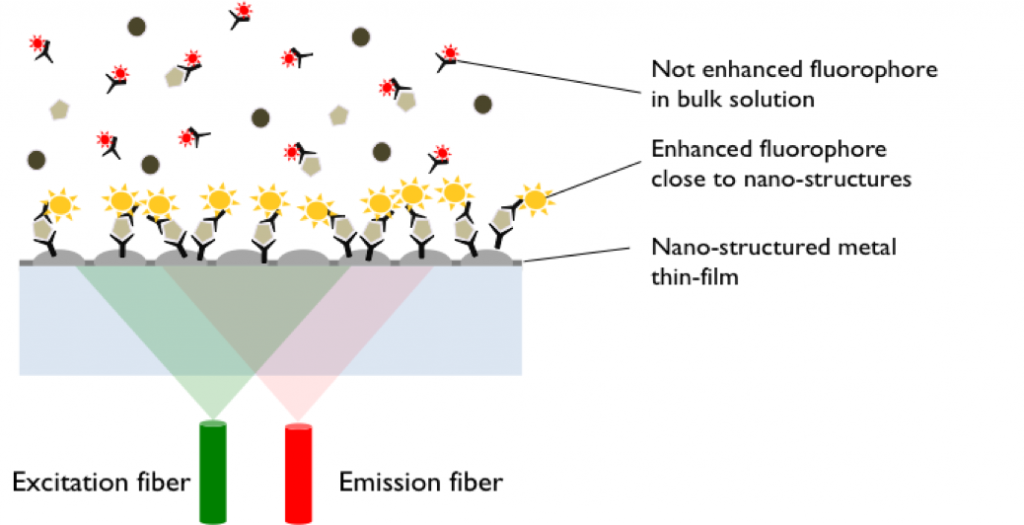

Eagle Biosciences, Inc. is excited to collaborate with Austrian biotech Fianostics, to offer a new fluorescence-based detection platform for immunoassays, called FluoBolt™, which enables highly sensitive assays with high reproducibility and reliability. This dramatically improves the informative value of research with biomarkers.
So far, Fianostics FluoBolt™ Metal Enhanced Fluorescence Immunoassays have been developed to detect
What Makes These Assays Different?
- High Sensitivity!
- Single Step Assay Procedure!
- No Enzyme Substrate!
- Stable Signal over Time!
- 100% Compatibility with 96-well ELISA Format!
About Fianostics
Fianostics combines scientific and technical expertise in diagnostics with the development of a high-tech detection platform that benefits in reproducibility from the excellent expertise of Sony DADC BioSciences in the production of polymer consumables for the diagnostic industry. Their know-how is not limited to the development of the new detection platform, but we also provide the diagnostic application with the appropriate immunoassays for specific clinical areas. (for research use only in the US)
About Metal Enhanced Fluorescence

